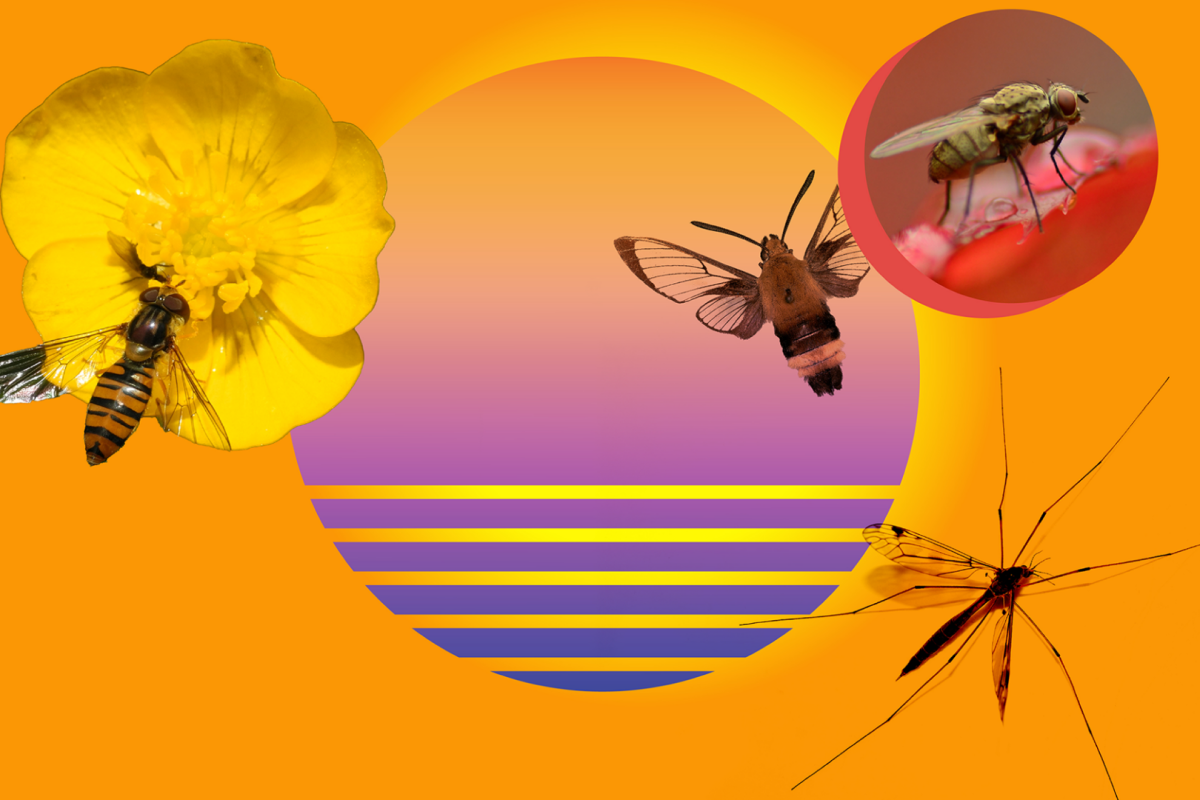Insects and spiders often receive little attention from people, except when we’re swatting them away. However, as arthropods — creatures distinguished by a hard exoskeleton and jointed legs— they play an essential role in sustaining the ecosystems humans rely on. Remarkably, arthropods make up approximately 84% of all known animal species.
A study published recently in Scientific Reports reveals how human activity affects biodiversity among arthropods and how nonbiological factors, such as daily temperature swings and proximity to the ocean, affect arthropod biodiversity in urban areas.
The research uncovered a few surprises and points to ways homeowners, landscapers and urban planners can ensure a healthy mix of these small but vital neighbors.
Community science aids study
Biodiversity refers to the variety of life forms in any given area. Generally speaking, greater biodiversity makes for a healthier, more resilient ecosystem. In urban settings, high biodiversity has been linked to benefits such as better air quality, decreased risk of flooding and even improved mental health for humans.
To assess arthropod biodiversity and related factors in the Los Angeles basin, scientists at the USC Dornsife College of Letters, Arts and Sciences collaboratied with researchers at the Natural History Museum of Los Angeles County’s BioSCAN project.
Led by Brian Brown, entomology curator at the Natural History Museum, BioSCAN is a community science project supported by about 80 volunteers who helped place small, tent-like net structures called Malaise traps in backyards, gardens and other locations throughout greater Los Angeles. From these traps, scientists collected flying arthropods such as bees, flies and moths. They also hand-collected spiders in those same locations.
